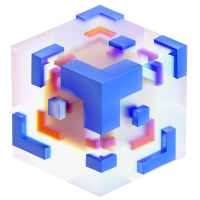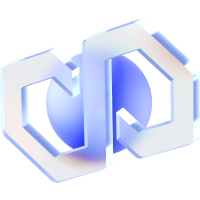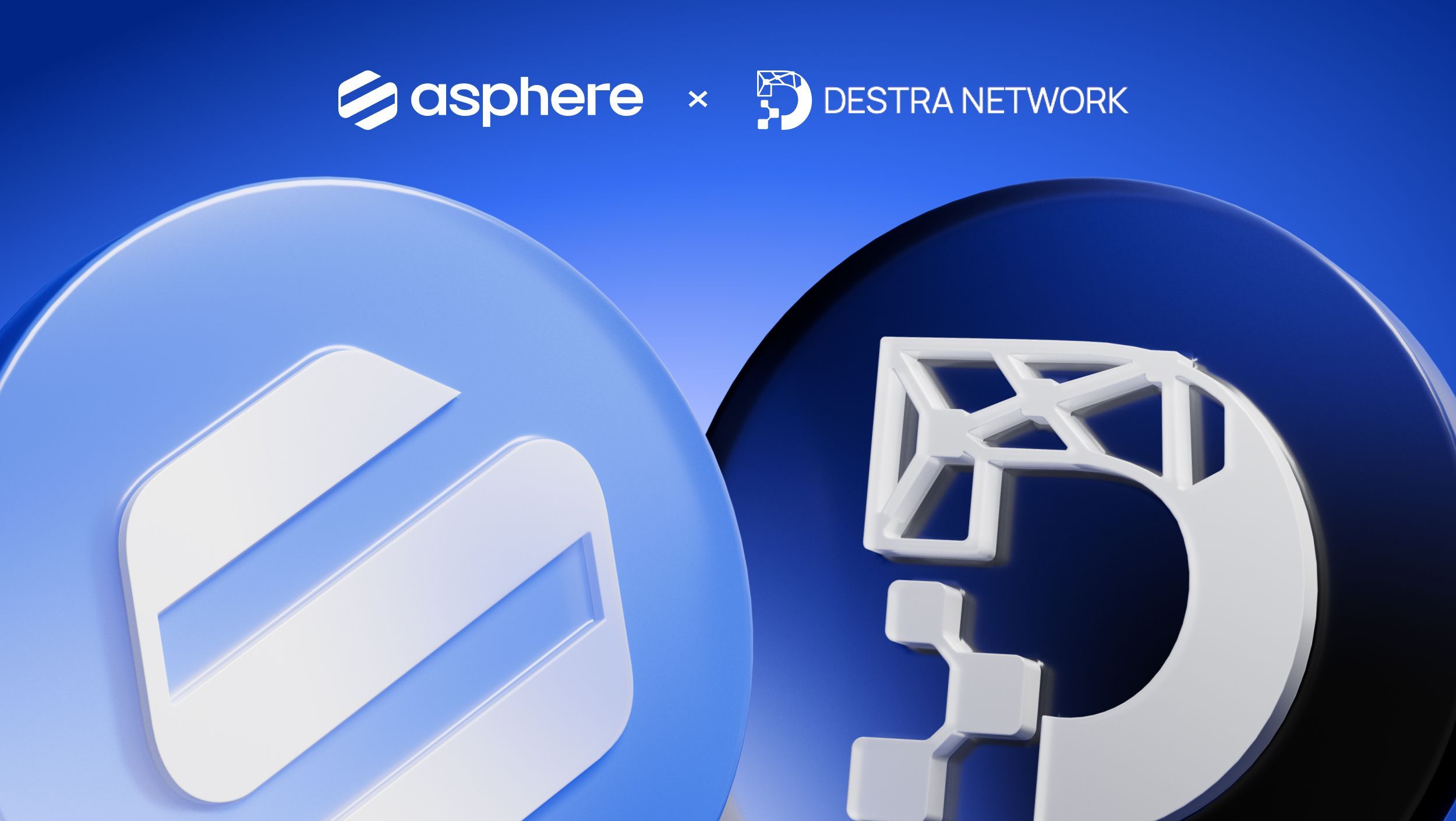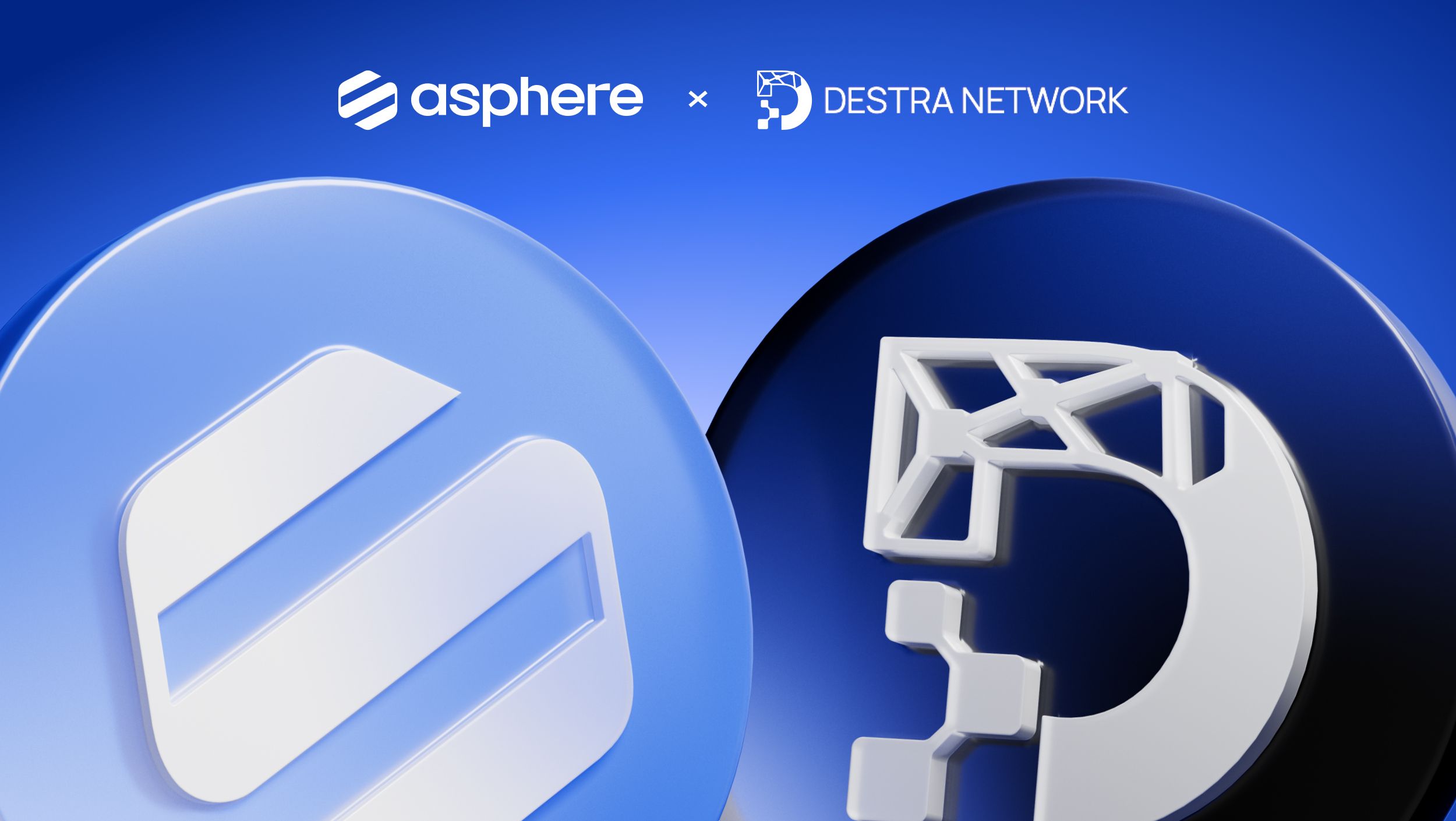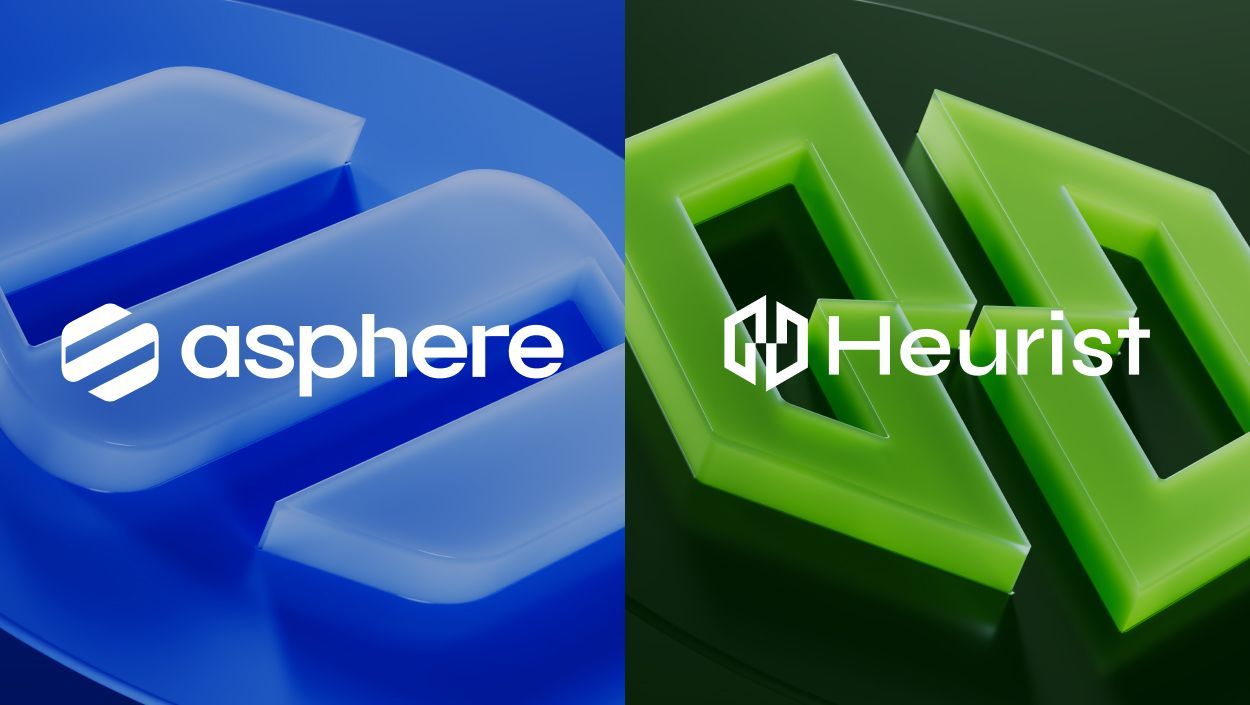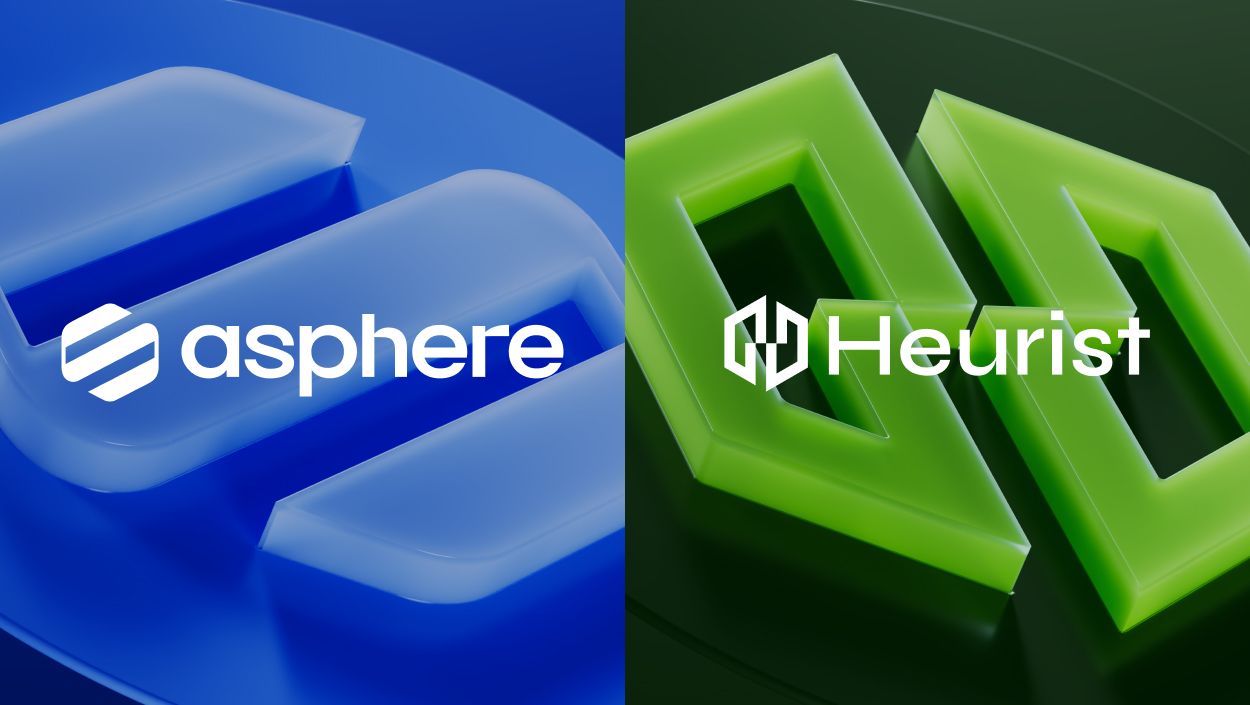The Easiest Way To Launch a Blockchain Rollup in 2025

August 22, 2025
5 min read
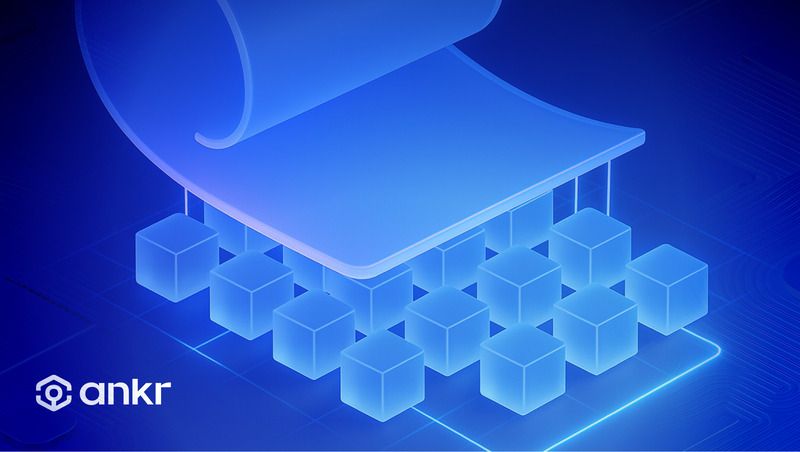
Launching a blockchain rollup used to be an engineering-heavy task that required weeks of setup, specialized infrastructure, and deep protocol knowledge. With Asphere’s no-code platform, you can now go from idea to a fully functioning rollup network in just a few minutes, without writing a single line of code. Whether you’re a developer, a Web3 startup, or an enterprise looking for a tailored blockchain solution, Asphere’s intuitive interface makes the process simple, flexible, and powerful.
Below is your complete guide to launching a rollup using Asphere.
Step 1: Create Your Account
Head to Asphere Scaling and create an account effortlessly by signing up with your Google account.
Step 2: Choose Your Rollup Framework
A rollup framework is the foundational technology that defines how your rollup processes transactions, interacts with Layer 1 blockchains, and achieves scalability. It provides the architecture, consensus rules, and tooling for your chain.
With Asphere, you can choose from leading rollup frameworks:
- Agglayer (Polygon) – A modular chain development kit enabling custom zk-rollups within Polygon’s ecosystem with two new options for Agglayer CDK, Erigon and Agglayer CDK OP Stack. Learn more.
- Arbitrum – A popular optimistic rollup stack offering high throughput and robust community support.
- Base – Coinbase’s OP Stack-powered rollup with strong developer tools and liquidity access.
- OP Stack – Optimism’s open-source rollup stack, known for Ethereum compatibility and simplicity.
- ZK Stack – A framework by zkSync for building sovereign zk-rollups with high security and privacy.
Each framework has its strengths — for example, OP Stack and Base are great for EVM compatibility and quick deployment, while ZK Stack excels in zero-knowledge security.
Step 3: Select Mainnet or Testnet Deployment
Decide whether you want to go live on Mainnet or test your network in a Testnet environment.
- Mainnet – Ideal for production-grade deployments where your rollup handles real value and transactions. Comes with flexible pricing plans depending on usage.
- Testnet – Perfect for experimentation, development, and QA without incurring the costs and risks of a live environment.
Step 4: Pick Your Data Availability (DA) Layer
The DA layer stores your rollup’s transaction data so that it can be verified and reconstructed if needed. Asphere supports multiple DA options:
- Ethereum – The most secure and decentralized DA option, backed by Ethereum’s validator set.
- Celestia DA – A modular, scalable DA network optimized for rollup data posting.
- Eigen DA – Part of the EigenLayer ecosystem, enabling restaking-secured data availability.
- Avail DA – A standalone DA blockchain designed for high throughput and low fees.
- NEAR DA – Leverages NEAR Protocol’s scalability features for fast and cost-efficient DA.
Step 5: Choose Your Sequencer Setup
The sequencer node orders and batches transactions before submitting them to the Layer 1 chain.
Two options with Asphere:
- Asphere-Managed Sequencing – We handle everything: setup, deployment, launch, and ongoing maintenance. For Mainnet, you’ll need to fund the sequencer after billing.
- Self-Managed Sequencer – We provide full instructions and require your sequencer endpoint. For Mainnet, you’ll need to fund the deployer address with 0.7 ETH after billing.
Step 6: Set Chain ID and Name
Every rollup needs a chain ID (a unique identifier used by wallets and dApps) and a name to brand your network. You can customize these directly in Asphere’s dashboard.
Step 7: Select Your Gas Token
Gas tokens pay for transaction fees on your rollup. Asphere supports the following tokens (depending on which framework and specs you choose):
- ETH – The standard choice for Ethereum-compatible rollups.
- Custom ERC-20 Token – Create and use your own token for gas.
- USDC – Stablecoin payments for predictable transaction costs.
- ANKR – ANKR token integration for specialized ecosystems.
- ankrETH – Liquid staking token delivering automatic yield.
- DOT – Use Polkadot’s native asset for gas.
- Token Creation Service – Asphere can help you set up your custom token.
Step 8: Choose Your Infrastructure Package
Asphere offers two deployment packages:
Starter Package
- Block Explorer
- Starter RPC
- Synchronizer
- Bridge
Advanced Package
- Block Explorer
- Pro RPC
- Aggregator
- Synchronizer
- Bridge
- Feature Prioritization
- Dedicated Customer Support
- Advanced Customization
The Starter package is great for quick deployments, while the Advanced package is ideal for high-performance, feature-rich rollups.
Step 9: Confirm and Pay
Once you’ve made your selections, confirm your setup and pay using credit card or crypto. In minutes, your rollup will be live and ready for use.
Step 10: Go To Market
Asphere makes it effortless to deploy your infrastructure so you can focus on creating an end product or application that drives adoption and revenue. With Asphere’s optional advising, co-marketing, and other touchpoints, you can launch with the help of a veteran team.
Final Thoughts
With Asphere, launching a blockchain rollup no longer requires months of engineering effort or millions in infrastructure costs. In just a few clicks, you can create a fully customized, production-ready rollup — choosing your framework, DA layer, gas token, and infrastructure according to your vision. Whether you’re experimenting on testnet or launching a mission-critical mainnet, Asphere empowers you to build the future of blockchain without the technical barrier.
Join the Conversation on Our Channels!
Twitter | Telegram | Substack | Discord | YouTube | LinkedIn | Reddit | All Links


